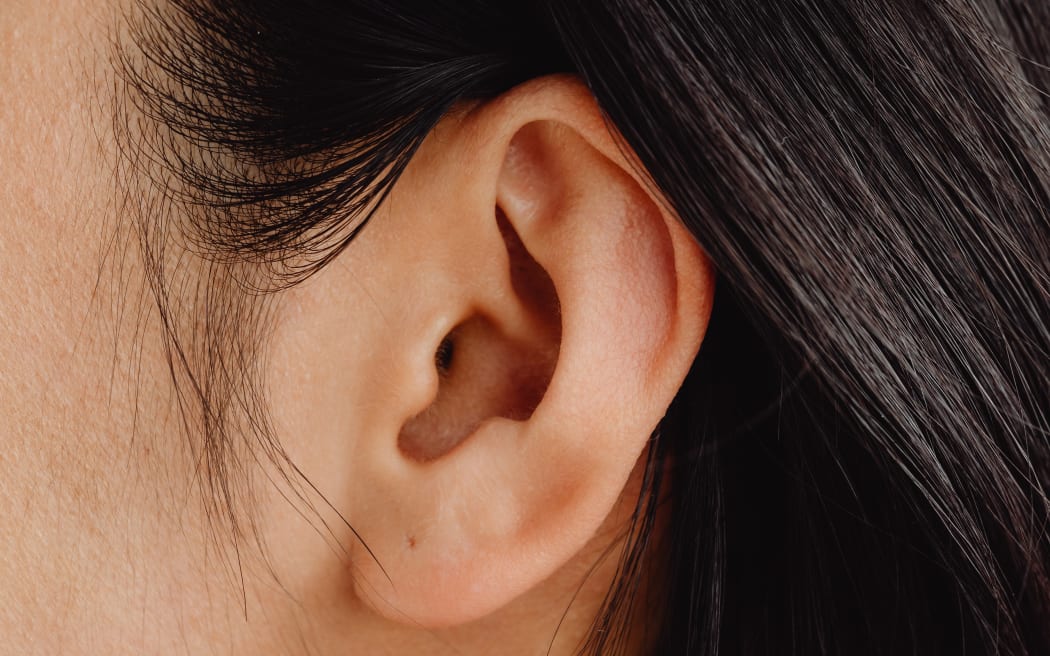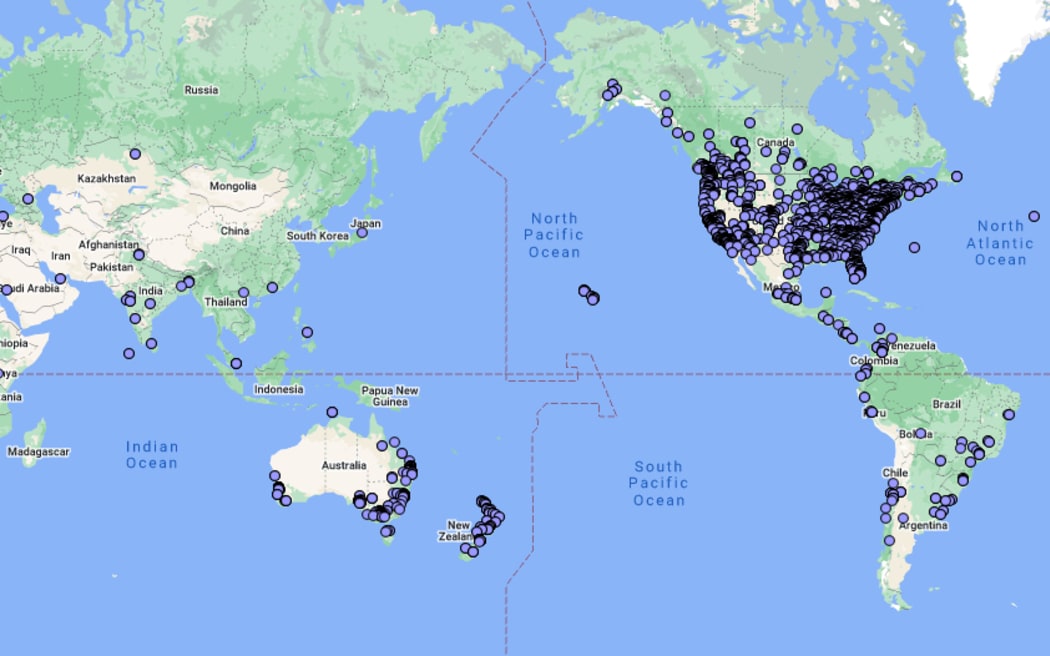By Greta Stonehouse, ABC

The Hum has been described as a "rumbling" buzz by those who can hear it. Photo: Karolina Grabowska / Pexels
For thousands of people around the world it starts out as a low-level vibrational buzz, but the sound that becomes a persistent annoyance for many is not heard by everyone.
What has become known as "The Hum", is a modern-day mystery that for decades has been reported in Sydney, and other major cities from London to Cape Town.
Hundreds of reports continually get added monthly to an interactive user-generated map created in December 2012. The locations people claim to experience this elusive noise span the globe.

Glen MacPherson started The World Hum project after hearing a the "roaring" sound in 2012. Photo: Supplied/ The World Hum Database
Georgina Johanson, who was living in the northern Sydney suburb of Killarney Heights about six years ago, is one of thousands who has marked her experience on the map.
There are 15 locations marked in the Greater Sydney region of people describing their experience of what they have heard.
Johanson said it began as a "pulsating" noise she believed was generated by construction work on an oval nearby.
"It's like a low rumbling of a diesel engine, which is why I got confused originally, because I just thought it was the continuance of the machines across the road, digging up all the ground," she said.
"But then I noticed when we drove past the fields that there's no machines there anymore. I'm thinking 'What the hell is that noise'?"
She could only hear it in her house, and nobody else could.
"Even when I said to my husband, 'I can feel it standing here, come here', he said, 'Nope, I can't hear it'.
"I said, 'My chest is vibrating'."
She discussed it with radiography colleagues at work, but they were also stumped.
"I spoke to a few doctors I worked with and nobody had ever heard of it, they all thought I was a nut."
Johanson has since moved to Lismore, and said she can no longer hear the sound, and is "too afraid" to try and listen out for it again.

Waverley Council, which presides over Bondi, received so many complaints about a mysterious sound more than a decade ago, they voted for the EPA to investigate. Photo: 123RF
Ten years ago, Waverley Council voted for the Environment Protection Authority (EPA) to investigate a humming noise in Sydney's eastern suburbs after so many residents complained.
While the EPA did not end up looking into the issue, it said it has not received any formal complaints since.
"Given this issue appears to still be a concern for some residents, the EPA will contact [Waverley] Council to see if they would like us to assist them in trying to identify the source," a NSW EPA spokesperson said.
Initial researchers 'incorrect'
Glen MacPherson started The World Hum Map and Database Project after he first heard it living on Canada's Sunshine Coast.

Glen MacPherson said he can no longer hear the sound, while still living on Canada's Pacific coast. Photo: Supplied/ Glen MacPherson
"The first night in my house, the hum absolutely roared," he said.
"It was absolutely loud enough to be a nuisance."
The project started by the school teacher has since collected more than 6500 different people's experience of the phenomenon.
And it has led to some startling discoveries, Dr MacPherson said.
The first hum report came out of England in the mid-late 1970s, and theories as to its cause abound, including lightning strikes and ocean waves, industrial plants, and mobile phone towers.
"There's no such thing as a hum hotspot," Dr MacPherson said.
"Initial researchers were quite incorrect."
He said if you look at where the data is focused in the world, it correlates with population density.
"It's absolutely striking," he said.
He believes the most likely theory is the sound or vibration is generated internally, similar to tinnitus, but it is distinctly not that auditory condition.
Tinnitus, which can cause a ringing or other noises in one or both ears, affects up to 20 percent of Australians to some degree in their lifetime.
"Tinnitus is a perception of a noise that's generated internally by the human body," Dr MacPherson said.
"If you have a brief bout of tinnitus, nobody else can hear that.
"Like you get the world's best recording equipment, nobody can record that noise.
"I think there's a lot of evidence to suggest that The World Hum is like that ... At least that's the most reasonable theory of the four that we're pursuing."
Why the sound is so 'annoying'
Acoustic consultant Camille Hanrahan-Tan has investigated low frequency sounds in Sydney that others cannot hear.
She said one client believed a persistent noise was emanating from a nearby train shed in Oatley. He described to her a sound that started as a pulsating, but also felt like "a vibration".
Hanrahan-Tan ended up using equipment to measure and record something between 12 and 25 hertz inside his house, a sound she could not hear.
But according to Dr MacPherson, The Hum is an internally-generated sound, and would therefore be unable to be recorded in this way.
Differentiating between the many different murmurs a heaving city produces has proven difficult, given the similarity in tones.
But regardless of its source, those who experience any low-frequency sound overwhelmingly report how incessant it is.

Camille Hanrahan-Tan could not hear the noise she measured for her client who lived in Oatley. Photo: Supplied/ Acoustic Directions
According to another acoustic expert Glenn Leembruggen, this is because what people all over the world are describing as pulsating and intermittent, is inherently irritating.
"The Environment Protection Authority in their noise policy document does make what they call a penalty, for any noise source, for a factory or something, that is pulsating," he said.
"Going up and down, because it tends to be more annoying."
Dr MacPherson's goal is for the data to be picked up by a private laboratory, or a university to investigate further.
"And if they do, they have access to the equipment that I can't afford. And they'll have this thing wrapped up in 18 months," he said.
But for now, Dr MacPherson continues to filter the data entered daily, to ensure the map doesn't include reports where the sound generation is obvious.
"In Northern Ireland right now the one that's going crazy, they call it the Omagh Hum, it's got nothing to do with what I'm studying," he said.
"That's an industrial noise phenomenon".
- This story was first published by ABC





